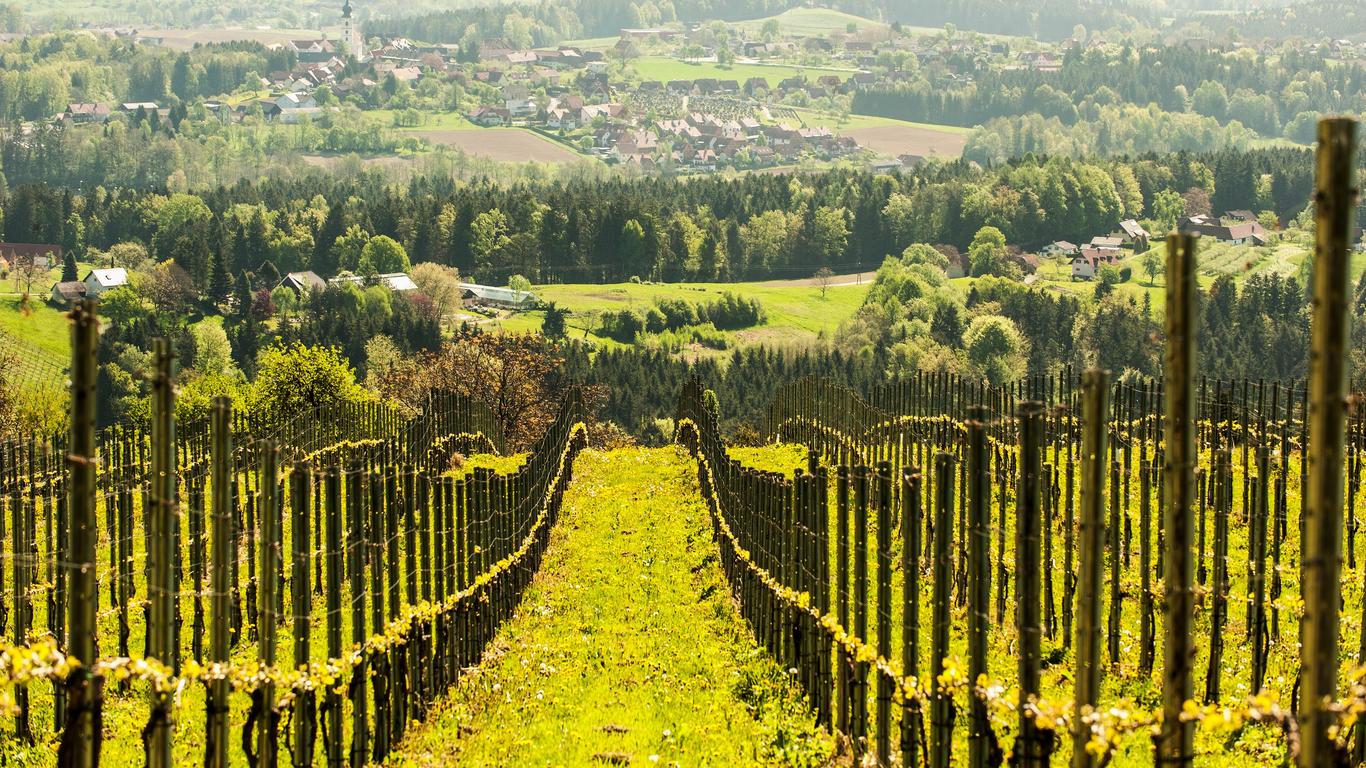Sprawling across the mountains of southern Austria, Styria has been referred to as the country’s “green heart” and offers everything from mountain climbing to skiing and trout fishing. It centres around the riverside capital of Graz and encompasses the spa town of Bad Gleichenberg, as well as one of Europe’s most-visited shrines.
Things to do in Styria
Spectacular natural scenery, historically-rich cities and relaxing spa towns - Styria is one of the most surprising destinations in Austria.
Sightsee in the capital, Graz. Centred around a UNESCO World Heritage-listed medieval old town, Graz is the second-largest city in Austria. Admire the Renaissance and Baroque buildings that line its narrow streets, then ride the funicular that leads to the Uhrturm clock tower for sweeping views across the red roofs below.
Explore Gesäuse National Park. In the far north of Styria lies Gesäuse National Park, a spectacular landscape of jagged limestone peaks, dense forests and wild rivers. It’s one of the newest national parks in Austria and a paradise for cross-country skiers, hikers and climbers, with its highest mountain, Hochtor, rising to 2,369 metres in height.
Relax in the spa town of Bad Gleichenberg. Bad Gleichenberg is the oldest summer spa in the region and nestled in a scenic valley framed by rolling hills blanketed in vineyards. You can drink the mineral water from its natural springs or indulge in a mud bath before enjoying a soak in the thermally heated pools.
Make a pilgrimage to Mariazell. Home to the majestic Mariazell Basilica, this picturesque city has long been a pilgrimage site for Catholics. The 17th-century basilica was built atop a smaller church established by Louis I King of Hungary in the 14th century. It’s renowned for its miracle-working image of the Virgin Mary carved into linden wood and enshrined in a lavishly-decorated chapel.
Getting around Styria
Graz Airport is the main aviation gateway to Styria and has flights to destinations across Europe. Regular trains connect north to Vienna and Salzburg while an extensive network of buses travel to towns and villages throughout the region.





